The Bosch Mobility Solutions press event in Delhi had some interesting insights into what the German major has in store for the future.
At Bosch, innovation is constant and if something all-new isn’t being conceived, there’s something fresh out of the oven that will make things even better than they used to be. Thus, at the Bosch Mobility Solutions press conference, there were many familiar technologies and components, and quite a few evolutions as well, apart from some which made their way to public eye for the first time.
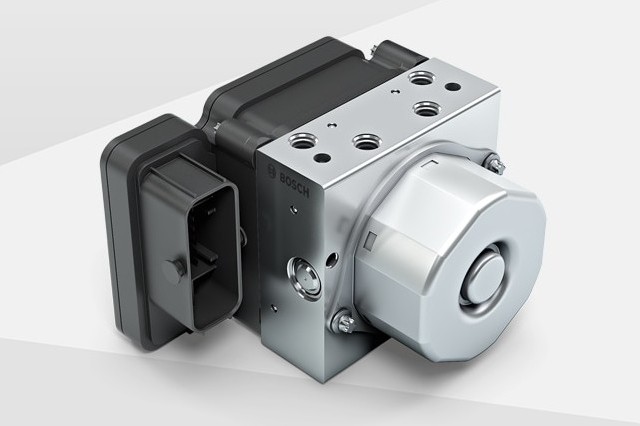
Bosch Mobility Solutions aren’t all essentially whole units that are always comprehensive in nature, they’re sometimes tiny – think the MEMS sensors in smartphones, or the Inertial Measurement Unit (IMU) in motorcycles – that are the nervous system for a network of other systems. Of late, Bosch have been busy catering to the demand for anti-lock brakes, with their ABS – both single-channel and dual-channel applications – being fit on to almost every other bike on the road, as well as the electric solutions provided to Bajaj Auto for the Chetak and TVS Motor for the iQube e-scooters.
Bosch had a concept electric scooter, that showcased, among several other components and elements, the In-Hub Drive System. The in-hub motor is mounted directly in the wheel hub and provides an rated output of between 0.35 and 3.0 kW (0.5 and 4.1 hp), a peak 0.7 to 5.0 kW (0.95 to 6.8 hp), and up to 140 Nm delivered at the wheel. The lean design allows the in-hub motor to be easily integrated into any conventional rear fixture. The motor is available for rim sizes between 10 and 16 inches, and weigh between 6.0 and 16.2 kg.
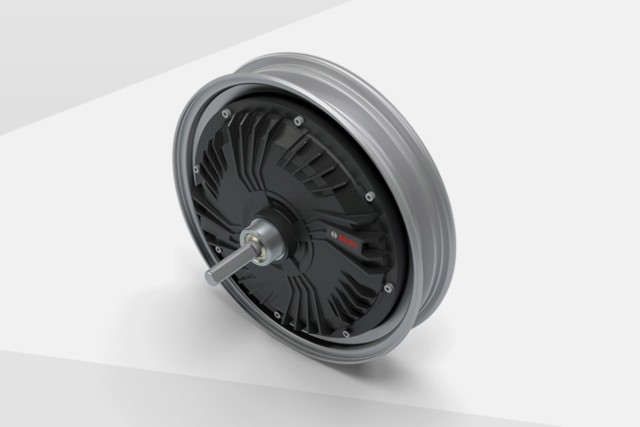
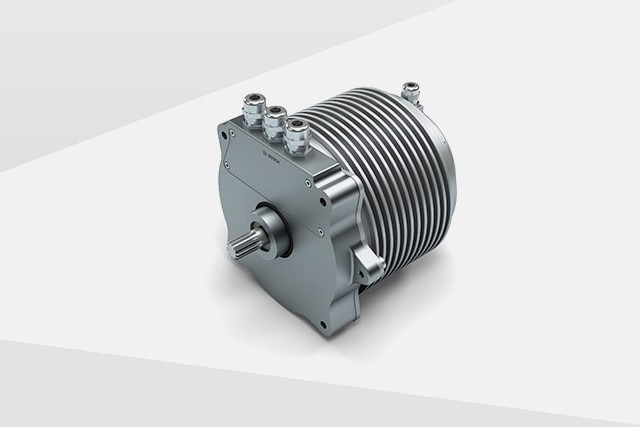
Bosch also have a more powerful central drive system on offer with outputs ranging from 4.0 kW (5.4 hp) to 20 kW (27.2 hp – as much as a popular 500-cc single-cylinder motorcycle). Furthermore, there is the potential to scale these up as well. The system includes a perfectly harmonized motor, control unit, battery, charger, display, connectivity box, and an app to enable electrification of light vehicles on two-wheelers, or even three- and four-wheelers. The sample unit offers a maximum 6.0 kW (8.2 hp) peak with 4.0 kW (5.4 hp) continuous, or sustained, output. The torque is rated at 16 Nm peak and 7.4 Nm continuous. The maximum operational speed is 7,500 rpm. The actual drive unit weighs just 7.8 kg.
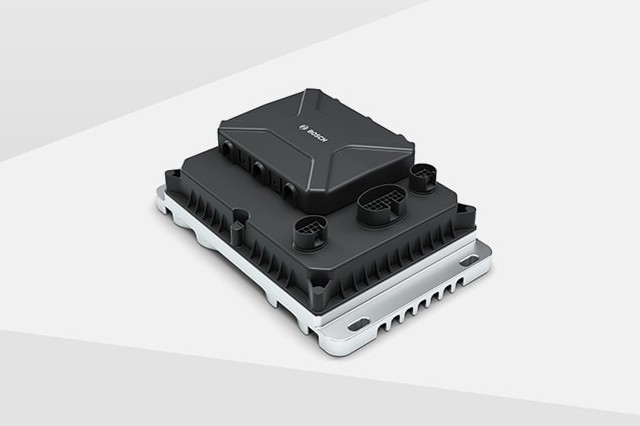
The Drive Control Unit ensures optimal motor behaviour and takes care of requested power delivery, also seeing to intelligent recuperation, heat protection, low noise, smooth acceleration and smart climbing. It operates at 48 volts and weighs just 2.6 kg.
The Bosch product line-up also includes a connectivity cluster, with a digital display in full colour measuring 5.0 inches with a resolution of 800×480 pixels, or even a 4.3-inch monochrome black-and-white display, with a resolution of 320×240 pixels. Now, there’s going to be a new 6.5-inch full-colour digital display that includes Bluetooth and WLAN for cloud connectivity and can also be equipped to support mySPIN smartphone integration.
Other Bosch mobility solutions also include battery packs. The new integrated batteries also include a compact 48-volt battery pack with a capacity of 2.4 kWh or 50 Ah each weighing just 15 kg. These can be scaled up to 19.2 kWh. The 48-volt portable battery packs offer up to 1.6 kWh or 33 Ah, and are even more compact than the integrated units.
Electronic engine management systems for two-wheeler electrification also see a comprehensive range of technologies specifically designed for two-wheelers, including components for fuel injection and supply, air management, ignition and exhaust gas treatment and updated electronic engine control for BS VI vehicles with sophisticated sensors. It also makes for improved fuel efficiency and lower CO2 emissions to the tune of 16 per cent.
There are several Bosch mobility solutions that are continually being developed, some particularly to address the massive need created by the Indian two-wheeler market. Keep checking back to see what’s new from the automotive major in the near future.

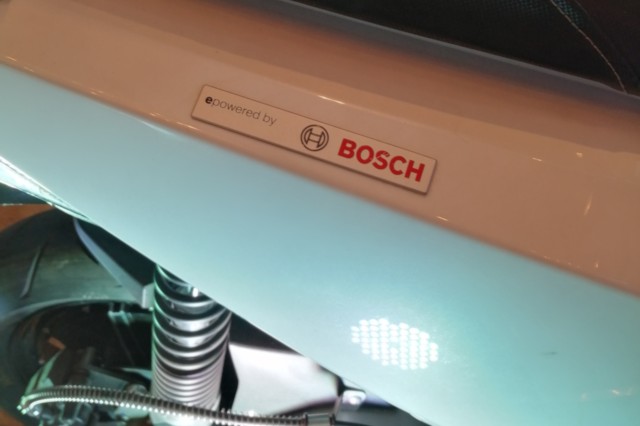
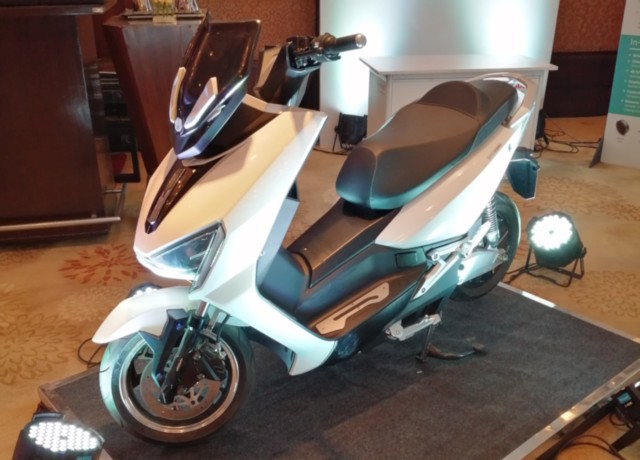
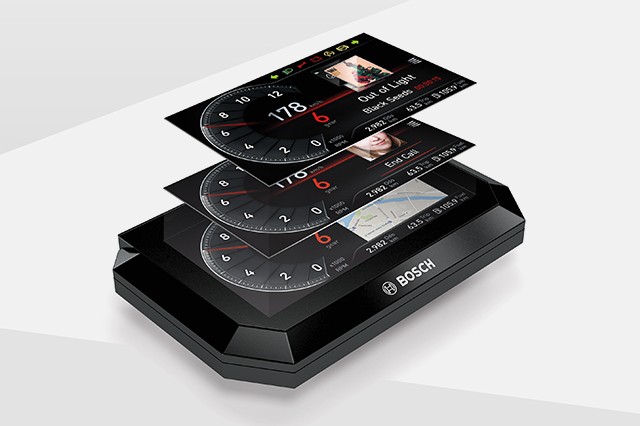
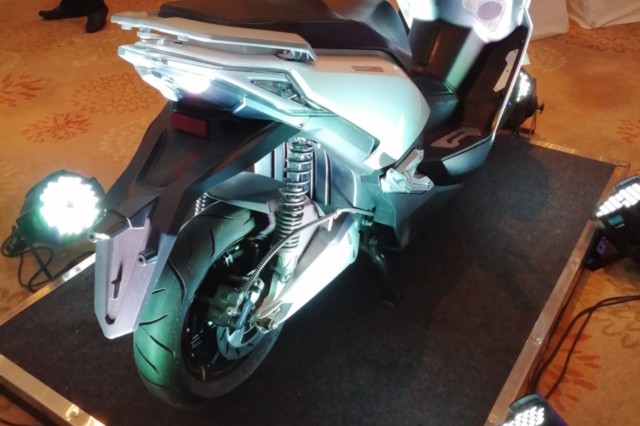

Leave a Reply